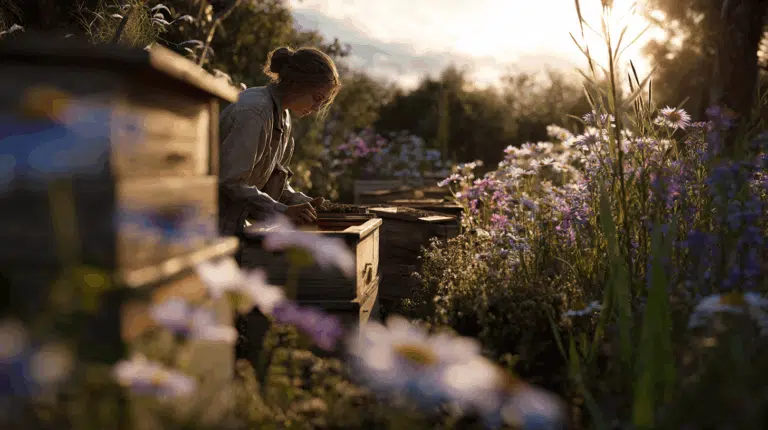Large, prolific pumpkin plants with sturdy stems and showy, edible, or decorative fruits. Ideal for vegetable gardens, garden borders, and autumn decorations.

Major types and well-known varieties:
Hubbard squash: These squashes are known for their hard, puckered skin, which is often grayish-blue, green, or orange. The flesh is sweet and orange. Well-known varieties include the 'Boston Marrow' and the 'Blue Hubbard'.
Buttercup squash: This type is characterized by its turban-like shape and sweet, firm flesh. An example is the 'Buttercup'.
Kabocha: A Japanese pumpkin with an exceptionally sweet flavor. The flesh has a velvety texture, similar to a sweet potato. Varieties such as 'Uchiki Kuri' (also known as Red Kuri) fall into this type.
Banana squash: These squash have an elongated, banana-like shape. They can grow very large and have a mildly sweet flavor.
Giant pumpkins: These varieties are bred specifically for competitions and can reach extreme weights. Well-known cultivars include the 'Atlantic Giant' and 'Big Max'.
Turban pumpkin: These pumpkins, also called Turkish caps, have a distinctive turban-like shape. They are also good for eating.
Heirloom varieties:
'Marina di Chioggia' : An Italian pumpkin with knobby, gray-green skin and sweet, flavorful flesh.
'Rouge Vif d'Etampes' : A red, flat, and ribbed pumpkin sometimes called the "Cinderella pumpkin."
Yes, all giant pumpkins weighing over 140 kilos belong to this species.
Cucurbita maxima needs a sheltered spot in full sun, with at least 6 hours of direct sunlight per day.
Cucurbita needs a sheltered spot in full sun, with at least 6 hours of direct sunlight per day.
It needs regular watering, especially during fruiting. Water at the roots to keep the leaves dry and prevent powdery mildew.
Common diseases include powdery mildew, root rot, and various viral diseases.
Snails love young seedlings. Later in the season, aphids and spider mites can also pose a problem.
Ensure good air circulation, water at the base of the plant, and cultivate healthy soil.